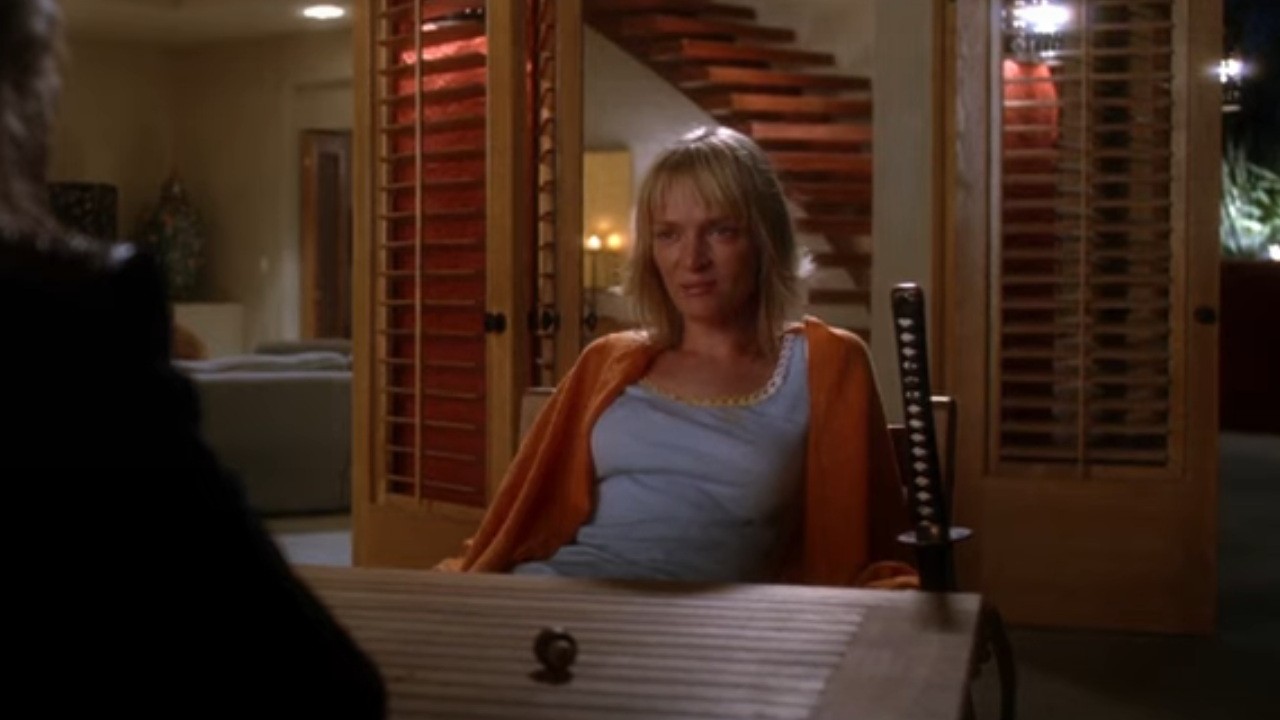
As a cinephile, I can’t help but express my disappointment that Quentin Tarantino, in his own words, has declared his upcoming project as his final film. Frankly, I have this lingering suspicion that he may have already directed his tenth movie, and it was none other than “Once Upon a Time…in Hollywood.
Although Quentin Tarantino views Kill Bill as a single movie, I personally recall watching Kill Bill Vol. 1 in 2003, followed by Kill Bill Vol. 2 in 2004. To me, Kill Bill Vol. 2 functions as a sequel rather than merely an extension of the first film, much like how people don’t consider Guardians of the Galaxy Vol. 2 and Vol. 3 to be one continuous movie, do they?
Indeed, there seems to be a noticeable shift in tone between “Kill Bill Volume 1” and “Kill Bill Volume 2,” making it challenging to perceive them as parts of a single extended film. While the first volume stands out as one of the finest martial arts movies ever made, the second installment does not share its same level of acclaim. This disparity is primarily due to…
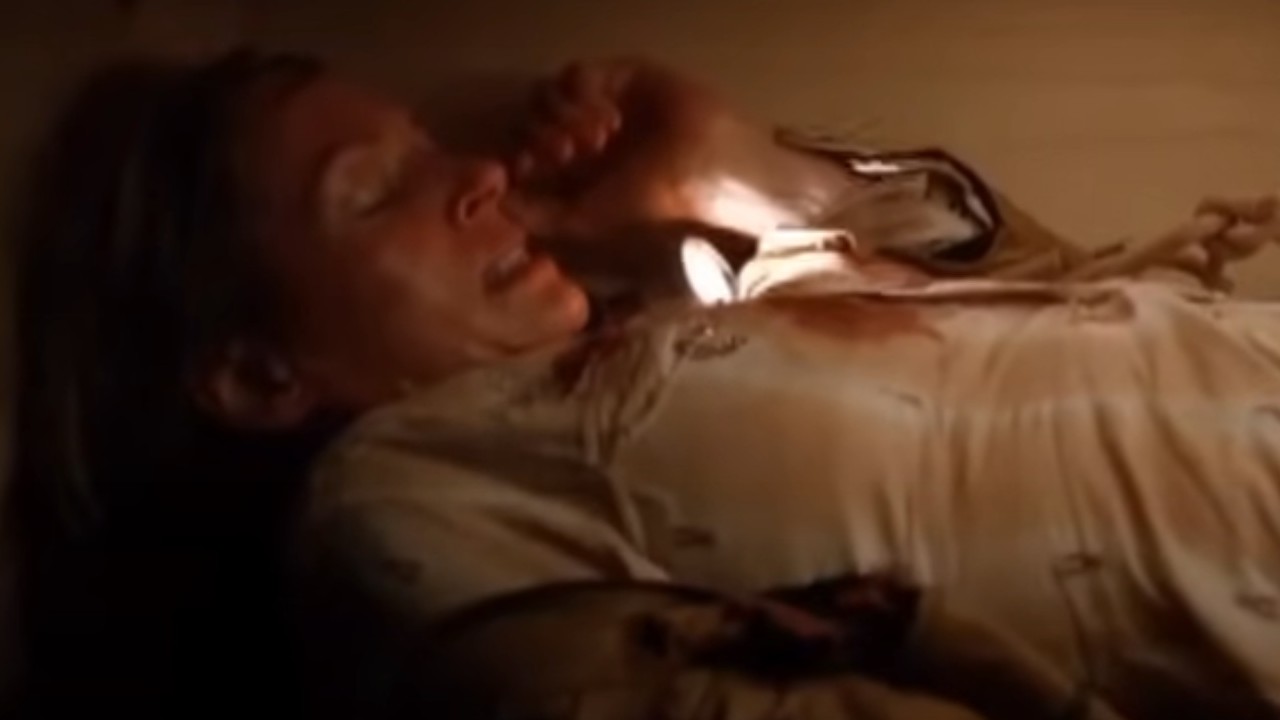
Vol. 2 Has A Much Slower Pace Than Vol. 1, And I Think That Works In Its Favor
Back in the day when “Kill Bill Vol. 2” was newly released, I had an unforgettable conversation with my college professor about it. He expressed his strong preference for “Kill Bill Vol. 2” over “Vol. 1,” and at the time, I couldn’t help but think he might have been a bit confused.
It seems quite surprising that someone might prefer Volume 2 over Volume 1, given that the first one is characterized by its rapid pace, cool vibe, and abundant martial arts action, while the second is marked by a slower tempo, rich in background details, and more reminiscent of a western.
Over time, and with more gray hairs appearing at my temples, I’ve come to realize that my professor was correct: “Kill Bill Vol. 2” surpasses the original in my opinion. The main reason for this is the pacing. Although I haven’t seen “The Whole Bloody Affair,” it seems it may address some of the pacing concerns I have with Volume 1. For now, however, the first part of this two-part epic feels too fast-paced, overcrowded, and overwhelming for my current preferences.
Indeed, when I watched it in 2003, I was thoroughly enthused by the high-speed martial arts sequences and narrative. I appreciated how Beatrix Kiddo, also known as Black Mamba or The Bride, systematically eliminated her opponents in distinct scenes, which kept the film flowing smoothly at a rapid tempo.
Today, I find that Volume 1 progresses at a pace that is too swift for me. In contrast, Volume 2 doesn’t face this issue. It delves deeper, offering extensive backstory for characters like Beatrix and Bill, which enhances its overall coherence. Therefore, it wasn’t the volume that changed, but rather my perspective. And as it turns out, Professor Miller was correct!
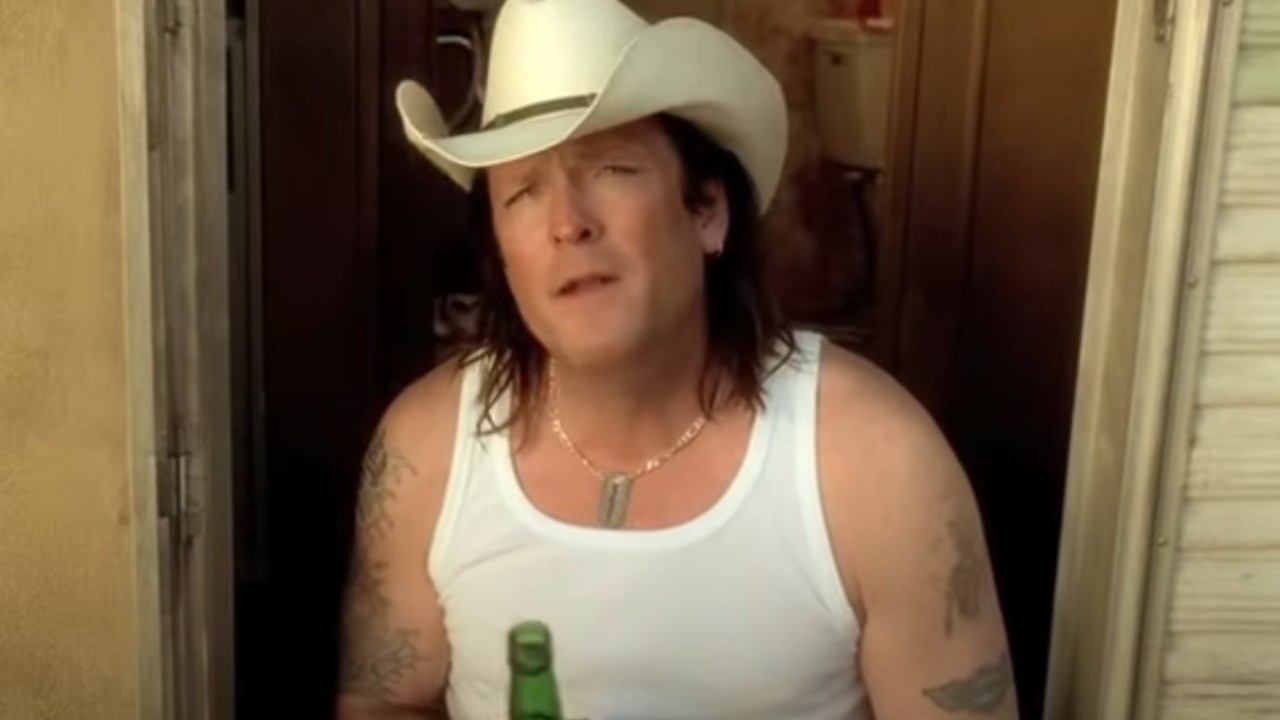
It Also Feels More Like A Western Than A Martial Arts Film, And As We’ve Seen, Tarantino Makes Good Westerns
Let me share something else with you. I’m quite fond of martial arts films. In truth, I believe that “Crouching Tiger, Hidden Dragon” deserved to win Best Picture way back in 2001. Additionally, the martial arts sequences in “Kill Bill Vol. 1” are what truly make it stand out, as they’re thrilling and visually captivating.
Despite any preferences you might have, I personally find myself leaning towards westerns as a genre overall. Moreover, it’s evident that Quentin Tarantino has a knack for the genre, as shown by his exceptional work in it. In fact, two of his more traditional western films – “Django Unchained” and “The Hateful Eight,” which is my second favorite Tarantino movie – rank quite highly on our list of the top 30 westerns ever made.
It’s worth noting that many viewers might perceive “Kill Bill Vol. 2” as Tarantino’s debut western film, given its distinctly western atmosphere. The movie seems to echo the genre, with elements such as dramatic standoffs, expansive shots, a more leisurely pace, scenes set in deserts, and Michael Madsen donning a classic cowboy hat while delivering dialogue reminiscent of an old gunfighter (“That woman deserves her revenge…and we deserve to die.”).
Time seems to move at its own pace, much like in a western film, and Beatrix appears more like an enigmatic character, such as The Man With No Name (or perhaps Yojimbo, given her use of a sword). The encounters between characters are more confined, resembling duels rather than typical fights.
In many aspects, “Kill Bill Vol. 2” seems more akin to a western film than a martial arts production, and my fondness for westerns is another aspect I’ve grown to appreciate over time.
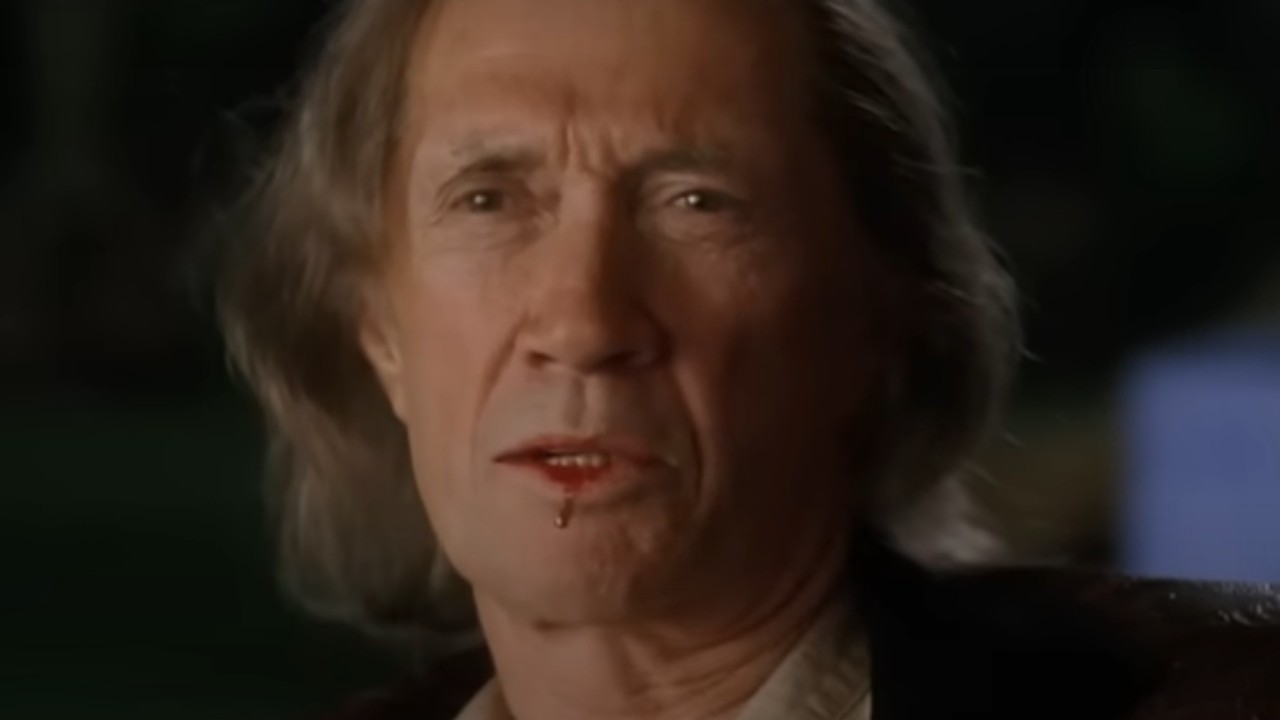
I Like The Villains More, Including Bill Himself
Let me clarify, Kill Bill Vol. 1 did have some impressive antagonists. To be specific, Vivica A. Fox’s character, Vernita Green, is one of my favorites. Her demise is one reason why I believe that Tarantino’s “last” film should ideally be Kill Bill Vol. 3. Similarly, Lucy Liu’s portrayal of O-Ren Ishii (“Oh, what a species”) is another example of a memorable villain.
Of course, Gogo Yubari, portrayed by Chiaki Kuriyama, is hard to forget. In the Crazy 88 fight scene, she was almost like a mini-boss character. I must say, the martial arts in Kill Bill Vol. 1 are exceptional, and I adore each of the villains we encounter throughout the story.
To put it another way, I found the adversaries in “Kill Bill Vol. 2” even more appealing. Michael Madsen’s character, Budd (also known as Sidewinder), appears weary and seems to be preparing for his end. He’s quite different from O-Ren Ishii (Cottonmouth) or Vernita Green (Copperhead). Unlike the first two, there’s no lengthy battle between The Bride and Budd. In an unexpected turn of events, Elle, a character we met in the first film and portrayed by Daryl Hannah, is the one who kills him. She lies to Bill, saying she killed The Bride, but Beatrix retaliates by tearing out her remaining eye, leaving Elle blind and defeated.
In this case, I step into the shoes of an enthusiastic fan: “Then comes Bill, portrayed by David Carradine, who adds to the intrigue. Contrary to our expectations from the initial film’s action scenes, this is more of a heart-to-heart conversation between former lovers. However, it’s not without its dramatic flair, as Beatrix delivers a poignant finale.
In this movie, the antagonists appear more relatable and human-like compared to the over-the-top adversaries from the initial film. Personally, I find the villains of Volume 2 more appealing because they seem less stereotypical and more realistic.
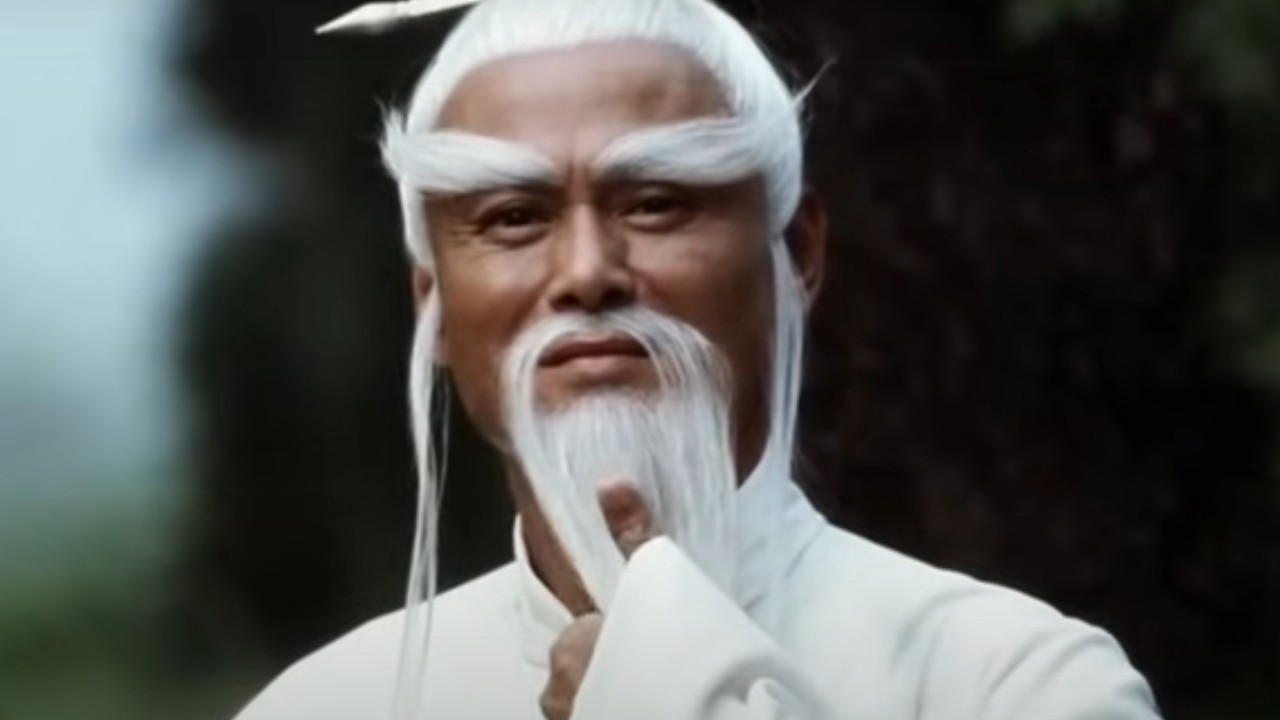
It Also Has Pai Mei, Who Is My Favorite Character In The Entire Project
Sure thing! Although Volume 2 doesn’t feature as much martial arts action as Volume 1, it introduces my favorite character from the series – none other than Pai Mei, who trained both Beatrix and Elle Driver.
In the role of Pai Mei, portrayed by Gordon Liu, is a classic Shaolin Monk figure reminiscent of characters from old Wu Tang films. Notably, this is consistent with his directorial and acting work in “Shaolin and Wu Tang.
Among all the scenes in the film, I particularly enjoy the ones where he trains Beatrix, as they stand out to me. In truth, I yearn for more development of his character beyond just a handful of flashbacks.
He doesn’t merely serve as a source of entertainment for the movie, but rather plays a pivotal role that helps Beatrix break free from her prison-like coffin. Furthermore, he teaches her the Five Point Palm Exploding Heart Technique, which she subsequently uses to defeat Bill.
Among numerous characters, Pai Mei stands out as exceptionally significant alongside Beatrix and Bill, and I admire him greatly for it.
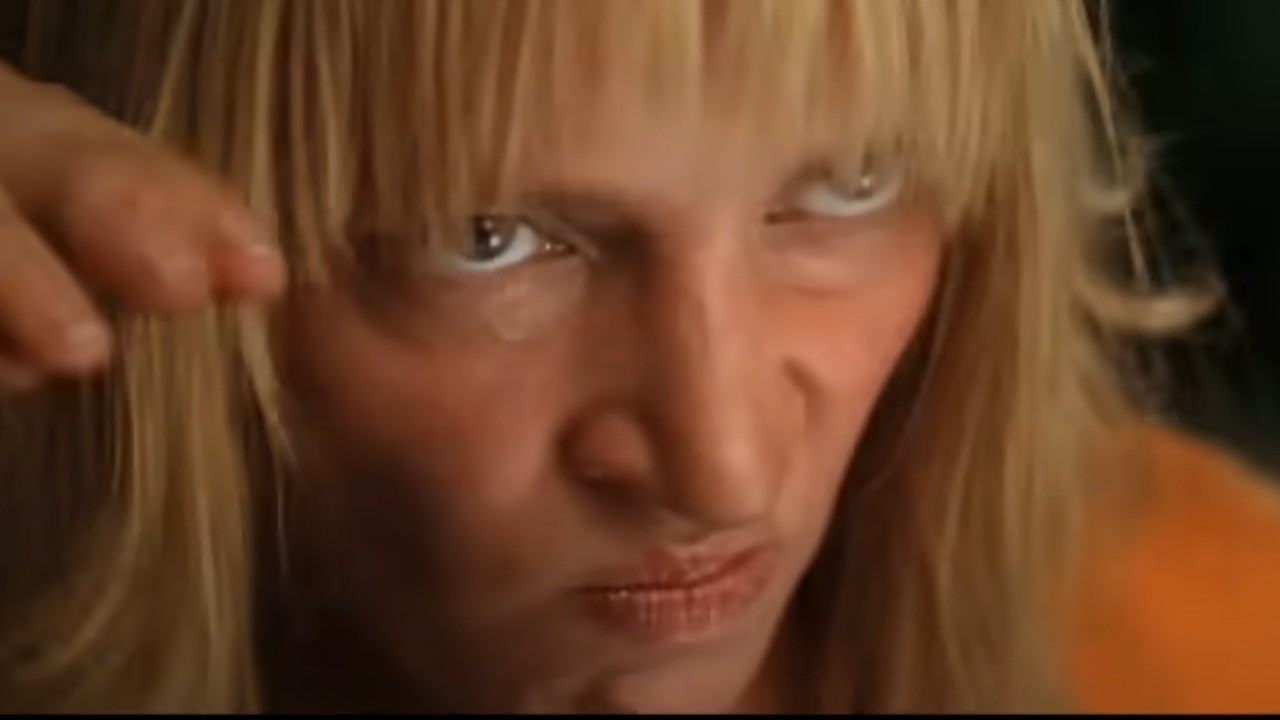
In The End, It Feels A Lot More Complete, Which Makes Sense Given That It Closes The Story
To conclude, “Kill Bill Vol. 2” appears significantly more cohesive than Vol. 1. While it might seem self-evident (and potentially supporting the idea that “Kill Bill” is essentially one extended movie split into two), Vol. 1 lacks the sense of completeness that a standalone film typically conveys, despite Beatrix Kiddo engaging in a genuine showdown at its end.
Unlike “The Lord of the Rings: The Fellowship of the Ring” and “The Two Towers,” which can be perceived as distinct tales, they form a unified narrative that concludes with “The Return of the King,” although each segment has its own individual feel.
However, “Kill Bill Volume 1” seems different from what you’d expect. Instead, it appears more like an incomplete tale. If the story had concluded at that point, with The Bride not confronting Bill, then the entire first movie would be puzzling and hard to justify.
Nevertheless, “Kill Bill Vol. 2” appears to be a standalone movie. To be frank, if the encounters with O-Ren Ishii and Vernita Green were presented as flashbacks, it wouldn’t detract from “Vol. 2”. In essence, this makes “Vol. 1” seem less essential in my opinion.
But, what do you think? Is Vol. 2 better than Vol. 1? I’d love to hear your thoughts.
Read More
- Who Is Harley Wallace? The Heartbreaking Truth Behind Bring Her Back’s Dedication
- 50 Ankle Break & Score Sound ID Codes for Basketball Zero
- 50 Goal Sound ID Codes for Blue Lock Rivals
- Elden Ring Nightreign Enhanced Boss Arrives in Surprise Update
- KPop Demon Hunters: Real Ages Revealed?!
- 100 Most-Watched TV Series of 2024-25 Across Streaming, Broadcast and Cable: ‘Squid Game’ Leads This Season’s Rankers
- How to play Delta Force Black Hawk Down campaign solo. Single player Explained
- Here’s Why Your Nintendo Switch 2 Display Looks So Blurry
- MrBeast removes controversial AI thumbnail tool after wave of backlash
- Basketball Zero Boombox & Music ID Codes – Roblox
2025-05-26 19:10